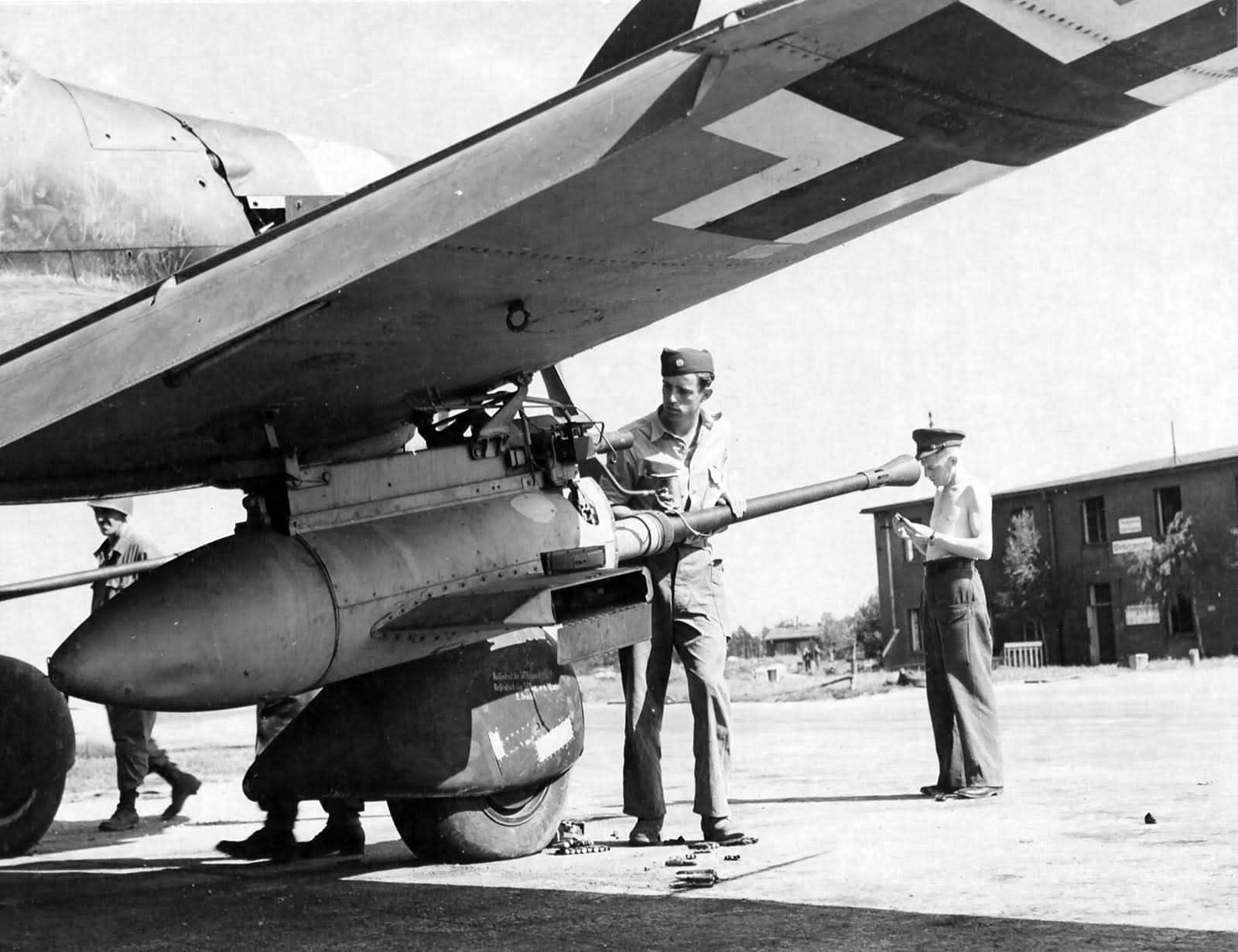

He wanted rapid movement that swept away Germany’s adversaries. There was nothing revolutionary about the idea of a dedicated attack aircraft - the first planes for that purpose were developed during World War I.īut Hitler didn’t want to fight a war like World War I.


German pilots who flew ground-attack missions as members of the Kondor Legion during the Spanish Civil War learned that low-level attacks could demoralize the Republicans with strafing runs, destroy installations with more accurate bombing, disrupt communications and pinpoint enemy artillery. With that said, the Hs 129 was rugged and popular with its pilots - that’s about all that it has in common with the A-10.”īy the late 1930s, German military planners decided the Luftwaffe needed a dedicated ground-attack aircraft. “Unfortunately for the Luftwaffe, the need for the Hs 129 was so great that it had to enter service even though it was far from combat-ready. “The Hs 129 was a dog of an airplane that should have been completely redesigned to incorporate more powerful engines, more reliable engines, lower stick forces, better maneuverability and better visibility,” Little continued. “Though slow, the A-10 is extremely maneuverable, pleasant to fly and does everything extremely well from plinking tanks to bringing its pilots home alive.” “The Hs 129 was intended to be the A-10 Warthog of its time, but never came close to achieving that exalted status,” John Little, assistant curator and research team leader at The Museum of Flight, Seattle, told War Is Boring. It’s an aeronautical also-ran that reminds us that despite their reputation for Teutonic technical superiority that included producing jet fighters and ballistic missiles, the Nazis could screw up, too. Still, the aircraft occupies an interesting niche in aviation history.


 0 kommentar(er)
0 kommentar(er)
